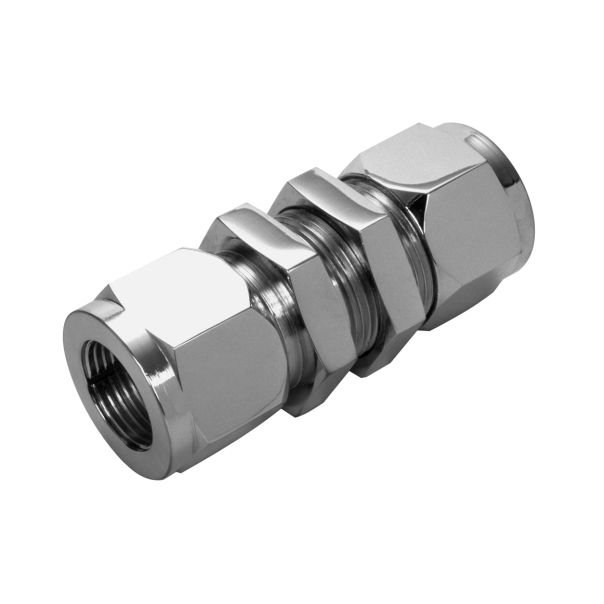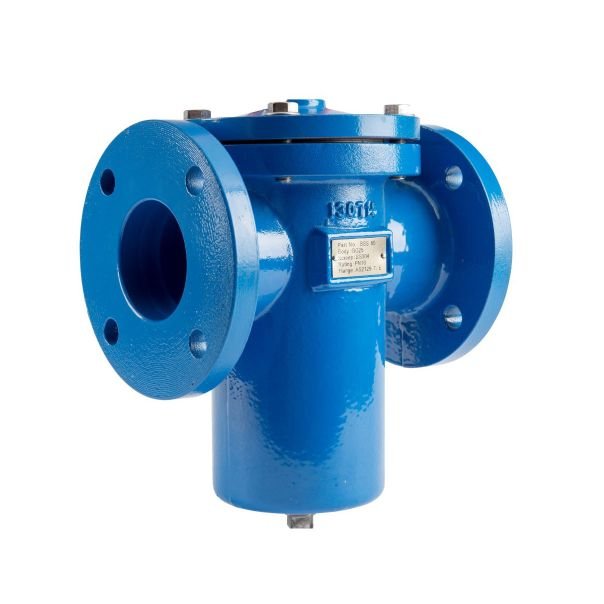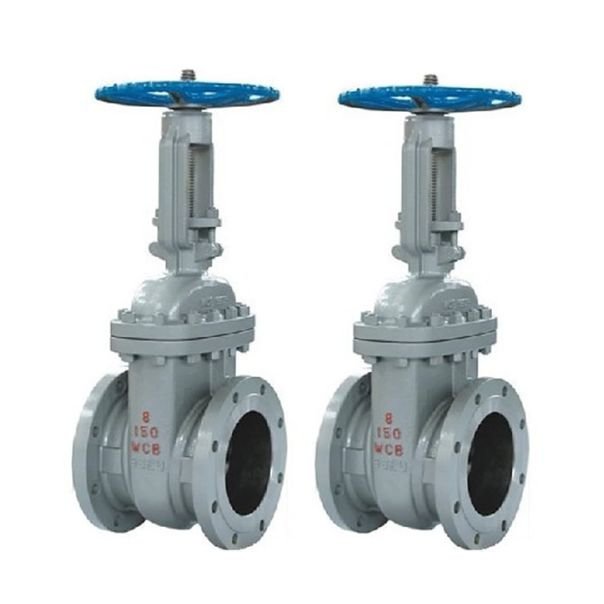
INSTRUMENTATION FITTINGS
Instrumentation Fittings are essential parts of any pneumatic or hydraulic fluid system. and Instrumentation-Fittings also known as connectors or adapters, are standardized connections that join pipes, tubes, hoses, (Instrumentation) valves, manifolds, and other components.. and Instrumentation Fittings most systems have a lot of them.
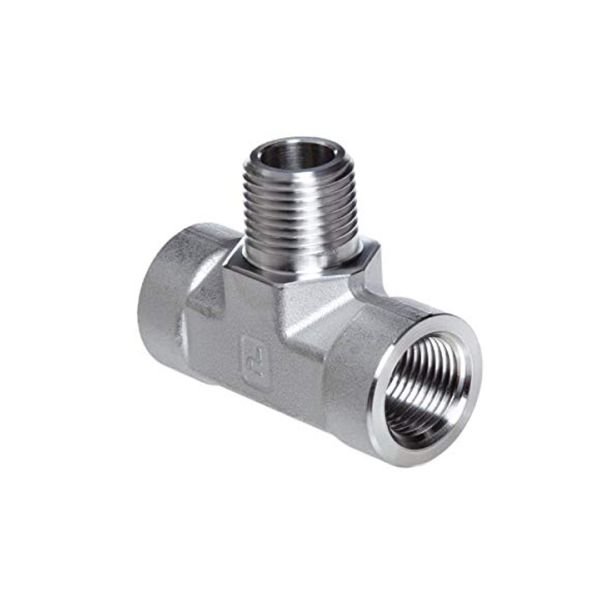


instrumentation Fittings come in a wide range of shapes and types including:
- Shapes: Male and female connectors, adapters, reducers, unions, elbows, tees, crosses, caps, plugs, and bulkhead fittings.
- Adapter Fittings transition tube to threaded or weld fittings. Types include:
- Threaded: NPT, ISO/BSP, SAE and OSC, and OSM
- Weld: Tube Socket Weld, Pipe Socket Weld and Butt Weld
- Flare Fittings: AN Fittings (JIC Fittings)
- Special Purpose Fittings: dielectric, calibration, bore-thru, special orifice, and mud dauber fittings. SSP manufactures a wide range of fittings in special sizes, end connection and configurations.
- Pressure: up to 12,100 psig (834 bar)
- Temperature: -425 to 1200°F (-253 to 648°C)
- Sizes: 1/16 to 2 in. (3 to 50 mm)
- Materials: 316 SS, Alloy 400, C-276 and brass. Other materials are available.
Instrumentation fittings are indispensable components in various industries, offering a wide array of uses that enhance fluid system operations and ensure precision control and These fittings provide secure and reliable connections in critical applications where accuracy, safety, and efficiency are paramount.
1. Fluid Control Systems: Instrumentation fittings are extensively used to connect various components within fluid control systems and They facilitate the smooth transmission of liquids and gases, ensuring seamless operations in industries such as oil and gas, petrochemicals, and pharmaceuticals.
2. Pressure Measurement: In industries dealing with high-pressure systems, such as manufacturing and power generation, instrumentation fittings play a crucial role in connecting pressure gauges and transmitters and The precise connections provided by these fittings ensure accurate pressure measurement, aiding in maintaining optimal operational conditions.
3. Temperature Monitoring: Instrumentation fittings are essential for connecting temperature sensors and transmitters in industries where temperature control is vital and including chemical processing, HVAC, and refrigeration.
4. Flow Control: Industries like water treatment, food and beverage, and pharmaceuticals rely on instrumentation fittings to connect flow meters, allowing for precise measurement and control of fluid flow rates.
5. Analytical Instrumentation: Laboratories and research facilities benefit from instrumentation fittings for connecting analytical instruments, such as chromatography systems and mass spectrometers. These fittings ensure accurate fluid handling during complex analytical processes.
6. Gas Distribution: Instrumentation fittings are used in gas distribution systems, ensuring secure connections between gas cylinders, regulators, and distribution lines and Industries like welding, aerospace, and electronics heavily rely on these fittings for safe gas transmission.
7. Chemical Processing: Instrumentation fittings are crucial in chemical processing plants, connecting pipes, valves, and instruments. They enable the efficient transportation of chemicals and fluids while maintaining a leak-free and secure environment.
8. Semiconductor Industry: The semiconductor industry relies on precision and cleanliness. Instrumentation fittings play a role in connecting ultra-pure fluids and gases and maintaining the stringent standards required for semiconductor fabrication.
9. Hydraulics and Pneumatics: In industries like construction and automotive, instrumentation fittings ensure reliable connections in hydraulic and pneumatic systems, contributing to the efficient operation of machinery and equipment.
10. Research and Development: In R&D environments, instrumentation fittings support various experiments and tests by connecting instruments, sensors, and devices accurately.
These fittings come in various types, such as compression, tube, and pipe fittings, each catering to specific requirements. They are known for their durability, resistance to corrosion, and ease of installation, making them versatile solutions across industries.
Instrumentation fittings play a crucial role in various industries, enabling the safe and efficient operation of complex systems. These fittings are designed to connect, control, and measure the flow of fluids and gases within instrumentation and process control applications. They ensure accurate monitoring and regulation of parameters like pressure, temperature, and flow rate.
Instrumentation fittings come in a range of materials such as stainless steel, brass, and various alloys, selected based on the compatibility with the fluids or gases being transported. Common types of fittings include compression fittings, tube fittings, and pipe fittings. These fittings are characterized by their precision machining, leak-tight connections, and ease of installation.
In industries like oil and gas, chemical processing, and manufacturing, instrumentation fittings are essential components in constructing reliable and durable systems. They provide the necessary connections between instruments, valves, and pipelines, maintaining the integrity of the entire setup. Properly installed fittings reduce the risk of leaks, which can lead to safety hazards, environmental issues, and operational disruptions.
Instrumentation fittings have evolved over time, incorporating advanced technologies and designs to meet the increasing demands of modern industrial processes. With innovations like double ferrule designs, push-to-connect fittings, and miniaturized options, these fittings contribute to efficient system designs, minimizing the footprint while maximizing performance.
In conclusion, instrumentation fittings are indispensable components that facilitate the seamless operation of industrial systems. Their role in ensuring fluid and gas handling precision, combined with their adaptability to diverse applications, underscores their significance across industries.
